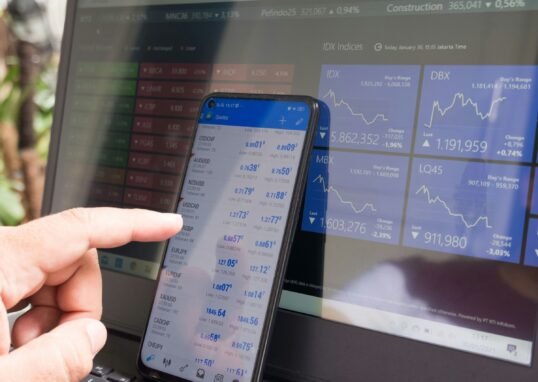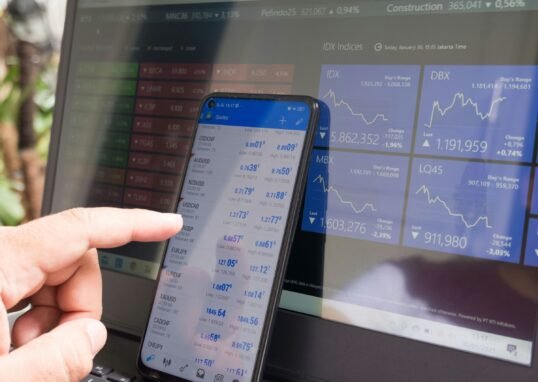
Forex trading, also known as foreign exchange trading, offers various strategies for traders to capitalize on currency price movements. Two popular approaches are day trading and swing trading. While both methods aim to generate profits from short-term price fluctuations, they differ in terms of time commitment, trading frequency, and overall strategy. In this article, we will explore the pros and cons of each approach and discuss who would be better suited for each trading style.
Forex Day Trading
Forex day trading involves opening and closing positions within the same trading day. Day traders aim to take advantage of intraday price movements and typically close all positions before the market closes. Here are some of the pros and cons of day trading:
Pros of Forex Day Trading:
- Quick Profits: Day traders can potentially generate profits on a daily basis, capitalizing on short-term price fluctuations.
- Reduced Overnight Risk: Day traders do not hold positions overnight, reducing exposure to unexpected market events or news.
- Tight Stop Losses: Day traders can set tight stop losses to limit potential losses and protect their capital.
- Increased Trading Opportunities: Day trading provides numerous trading opportunities throughout the day, allowing traders to take advantage of multiple setups.
Cons of Forex Day Trading:
- Time Commitment: Day trading requires significant time and attention as traders need to closely monitor the markets throughout the trading day.
- High Trading Frequency: Day traders execute multiple trades within a day, which can lead to increased transaction costs due to spreads and commissions.
- Emotional Stress: The fast-paced nature of day trading can be stressful, as traders need to make quick decisions and manage their emotions effectively.
- Market Noise: Intraday price movements can be influenced by noise and short-term fluctuations, making it challenging to identify reliable trading opportunities.
Forex day trading is suitable for individuals who have the time, focus, and discipline to monitor the markets closely throughout the day. Traders who thrive in fast-paced environments and can handle the emotional challenges of quick decision-making may find day trading to be a suitable approach.
Forex Swing Trading
Swing trading, on the other hand, involves holding positions for a longer period, ranging from a few days to several weeks. Swing traders aim to capture larger price movements within the overall trend. Let’s explore the pros and cons of swing trading:
Pros of Forex Swing Trading:
- Less Time-Intensive: Swing trading requires less time commitment compared to day trading, making it suitable for individuals with other commitments or limited availability.
- Opportunity for Larger Profits: By holding positions for a longer duration, swing traders have the potential to capture larger price movements and generate substantial profits.
- Reduced Transaction Costs: Swing traders execute fewer trades, resulting in lower transaction costs compared to day trading.
- Trend-Following Strategy: Swing traders aim to ride the overall trend, increasing the probability of capturing significant price movements.
Cons of Forex Swing Trading:
- Overnight Risk: Swing traders hold positions overnight, exposing them to potential market gaps or unexpected news events that can impact their trades.
- Patience and Discipline: Swing trading requires patience to wait for the right setups and discipline to stick to the trading plan despite short-term price fluctuations.
- Missed Intraday Opportunities: Swing traders may miss out on intraday trading opportunities as they focus on capturing larger price movements.
Forex swing trading suits individuals who prefer a less time-intensive approach and have the patience to wait for trades to develop. Traders who can handle overnight risk and are comfortable with longer holding periods may find swing trading to be a suitable strategy.
Conclusion
Both forex day trading and swing trading offer opportunities for traders to profit from currency price movements. Day trading provides quick profits, tight stop losses, and numerous trading opportunities but requires significant time commitment and can be emotionally challenging. On the other hand, swing trading offers the potential for larger profits, reduced transaction costs, and a less time-intensive approach but requires patience, discipline, and the ability to manage overnight risk.
Ultimately, the choice between day trading and swing trading depends on individual preferences, time availability, risk tolerance, and trading style. It is essential to carefully consider these factors and choose the approach that aligns with your goals and suits your personality and lifestyle.







